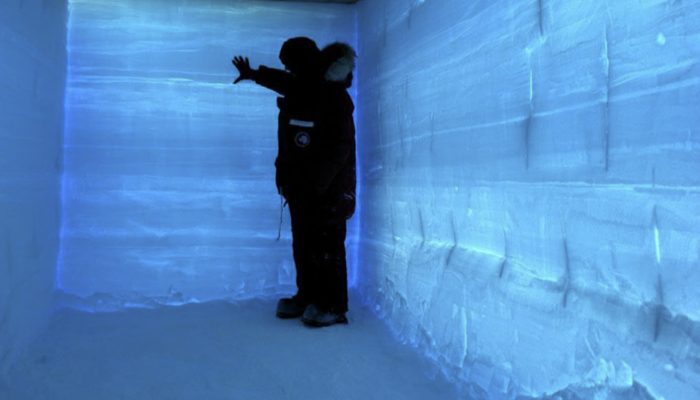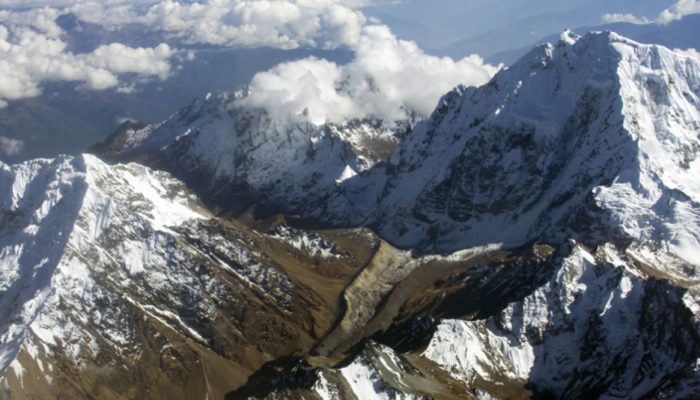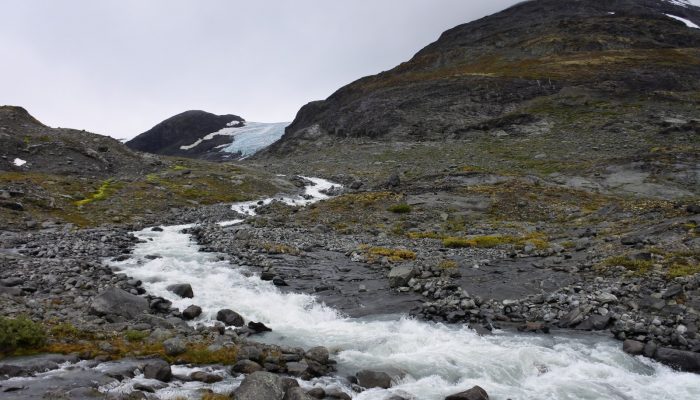Ice cores are a favored archive to study past climates, because they provide a number of indications on the history of the climate and of the atmospheric composition. Among these, water stable isotopes are considered as a very reliable temperature proxy. Yet, their interpretation is sometimes more complicated than a simple one-to-one correspondence with local temperature and requires intercomparis ...[Read More]
Mountain glacier variations: natural thermometers and rainfall gauges
Name of proxy Fluctuations of mountain glaciers Type of record Geomorphological features Paleoenvironment Continent – High mountain areas Period of time investigated From historical periods (c.a. 300 years ago) to the end of the Pleistocene (up to 200 000 years back in time) How does it work? Mountain – or “alpine” – glaciers are small ice bodies (from 1 to 10 000 km2). Alt ...[Read More]
Defrosting the freezer. Climate change and glacial meltwater
Why are glaciers important? Glaciers cover around 10% of the global land surface. This includes the large ice sheets (e.g. in Greenland and Antarctica) as well as smaller ice caps and valley glaciers (e.g. in Iceland, Norway and New Zealand). Figure 1 shows the current distribution of glaciers around the world. Figure 1 – The global distribution of glaciers around the world from the GLIMS glacier ...[Read More]
EGU, Vienna 2015: the round-up
EGU by numbers In April, the EGU returned to Vienna for their annual Congress meeting. Over 11,837 scientists from 108 countries descended in the Vienna International Centre for the six-day conference. Delegates enjoyed over 4,870 oral presentations, 8,489 posters, and 705 PICO presentations. That’s a lot of science! Science and ice cream for everyone! As always, the EGU were excellen ...[Read More]



